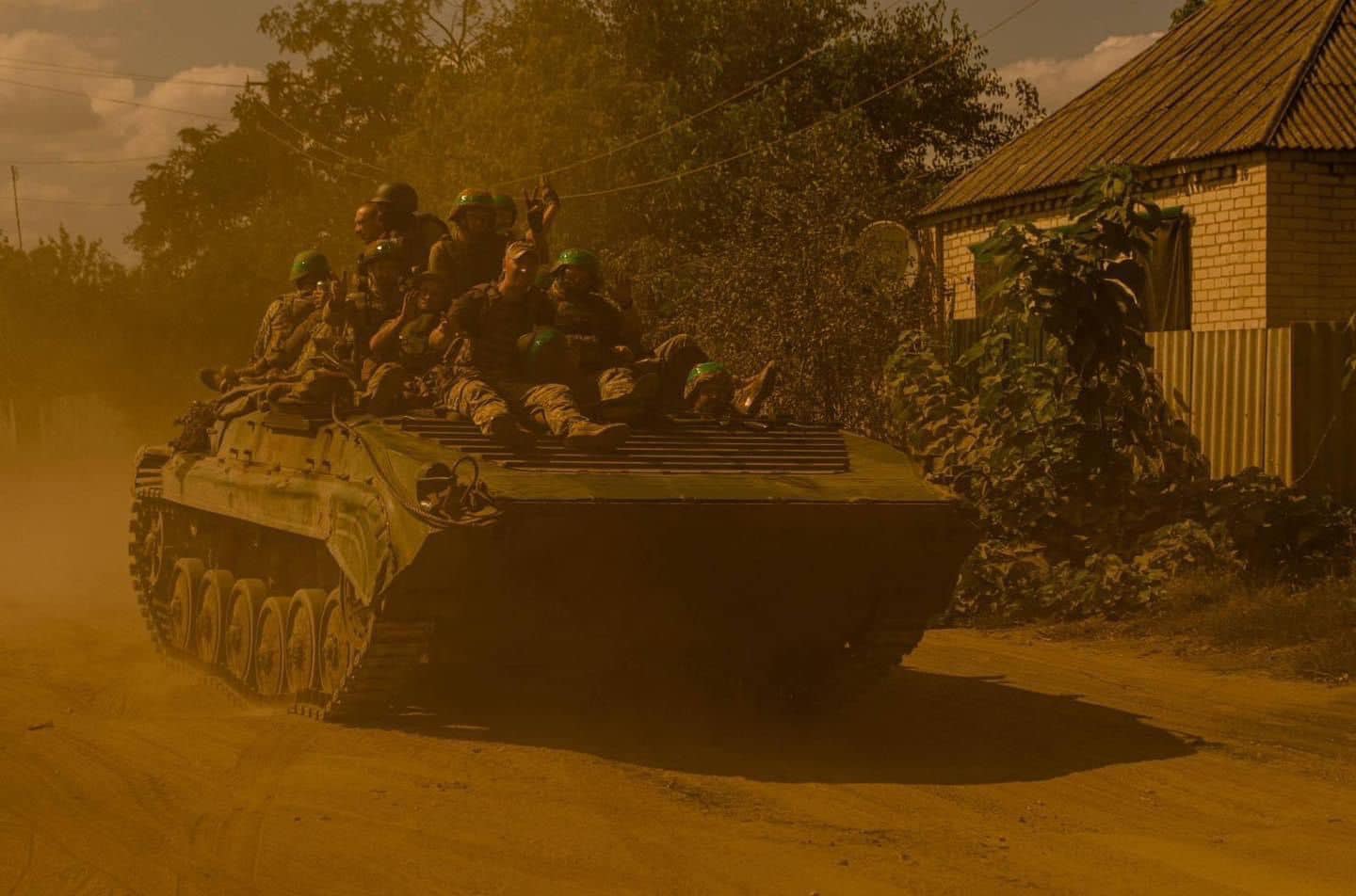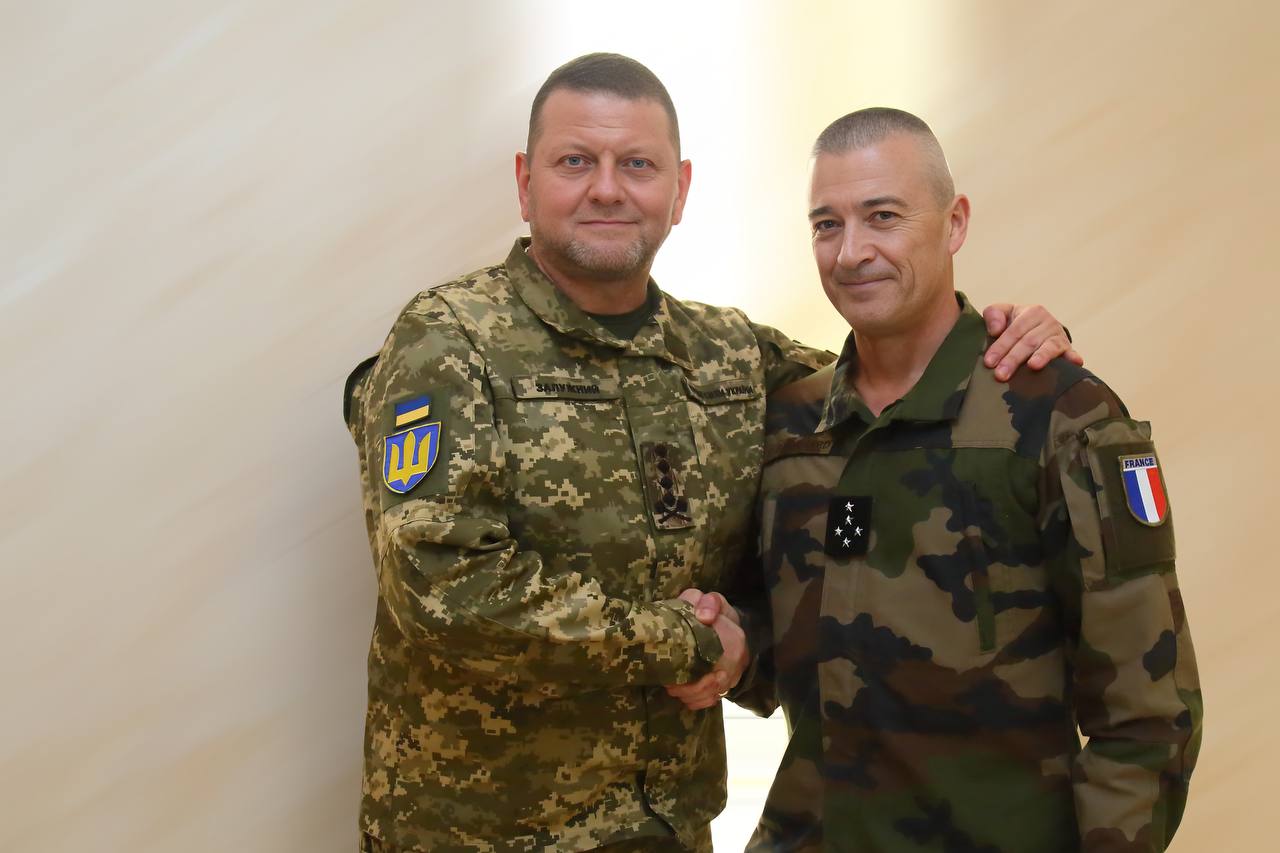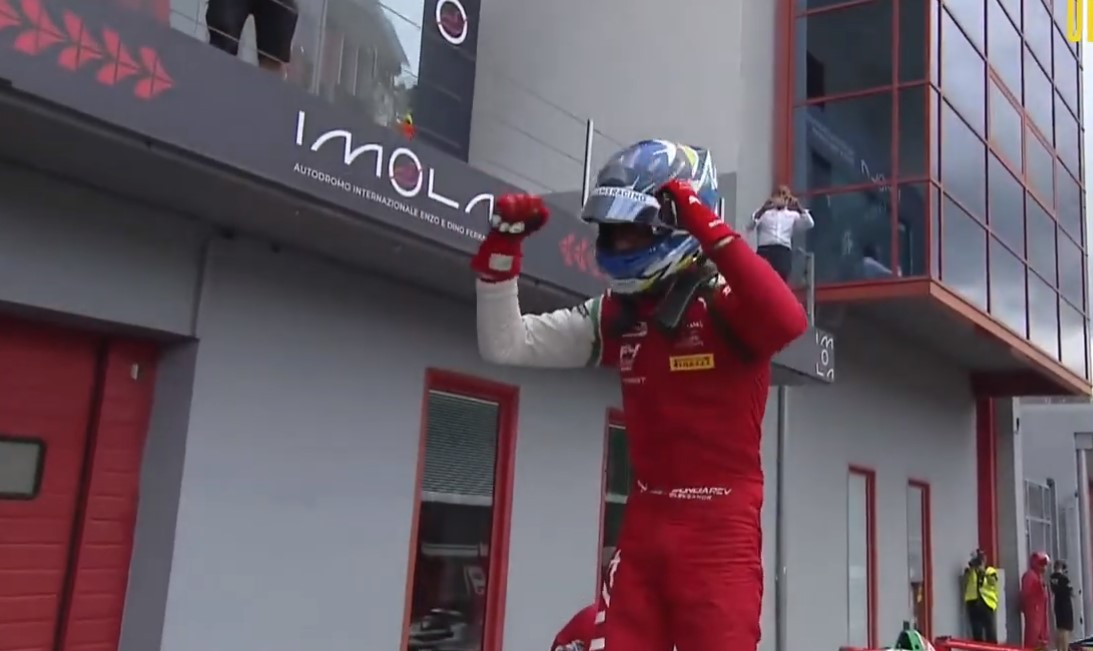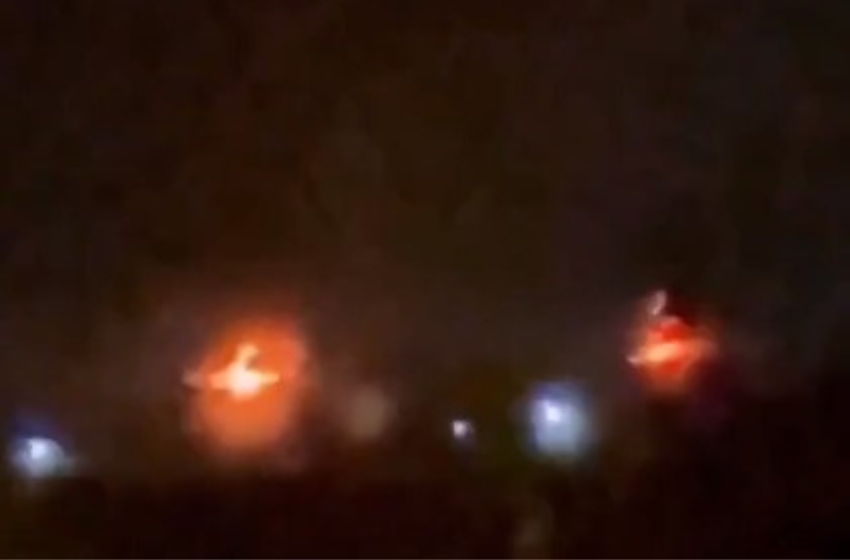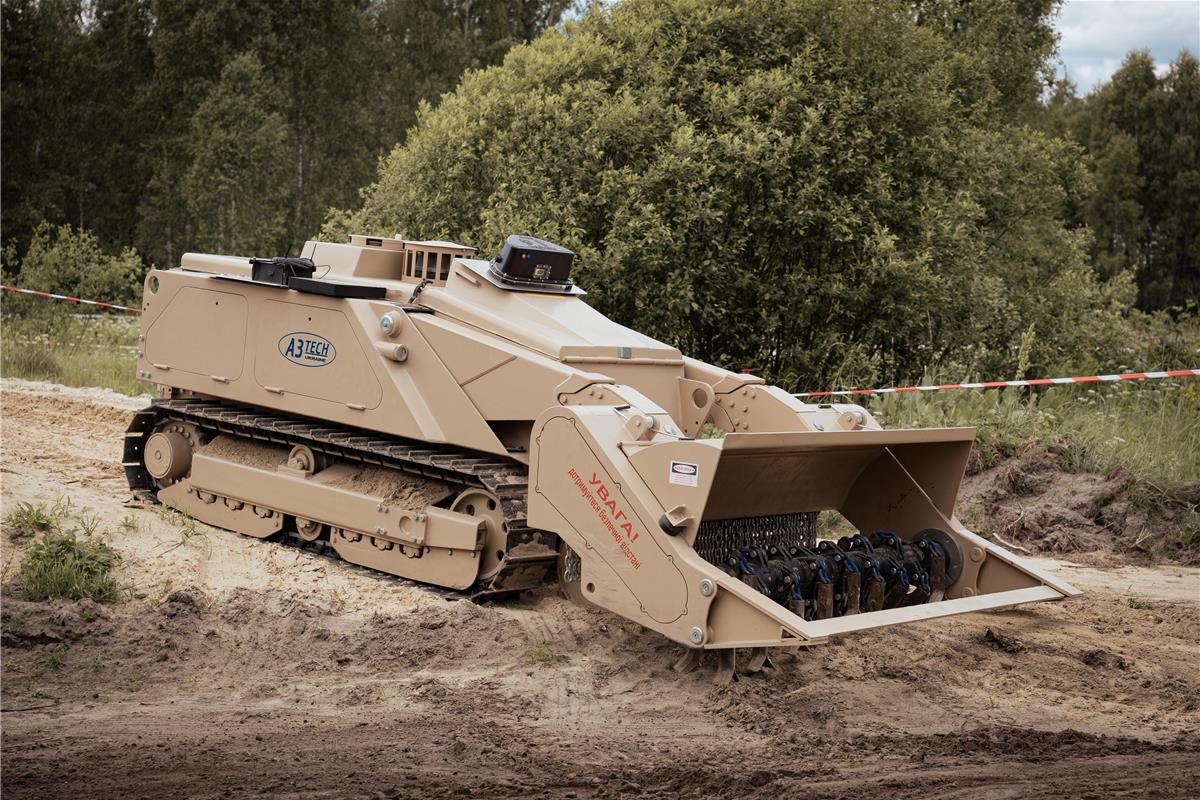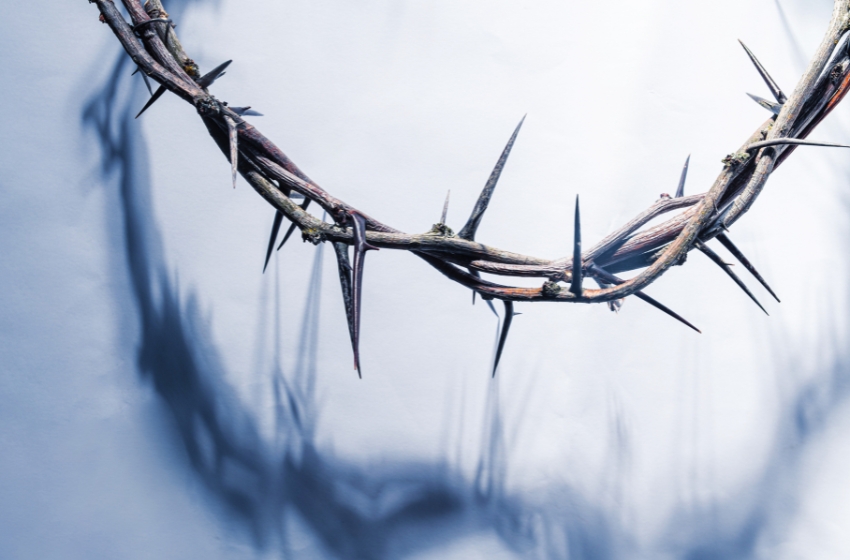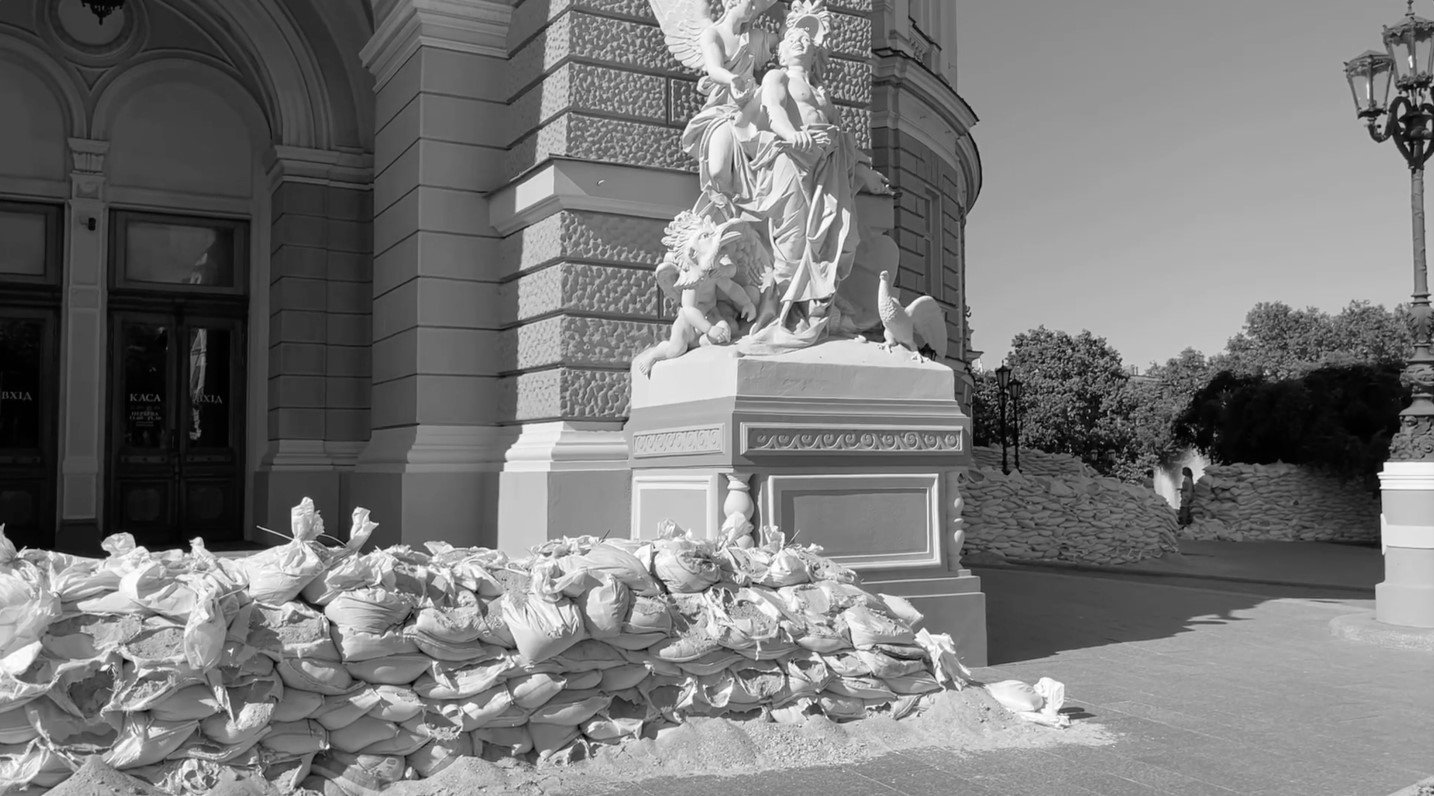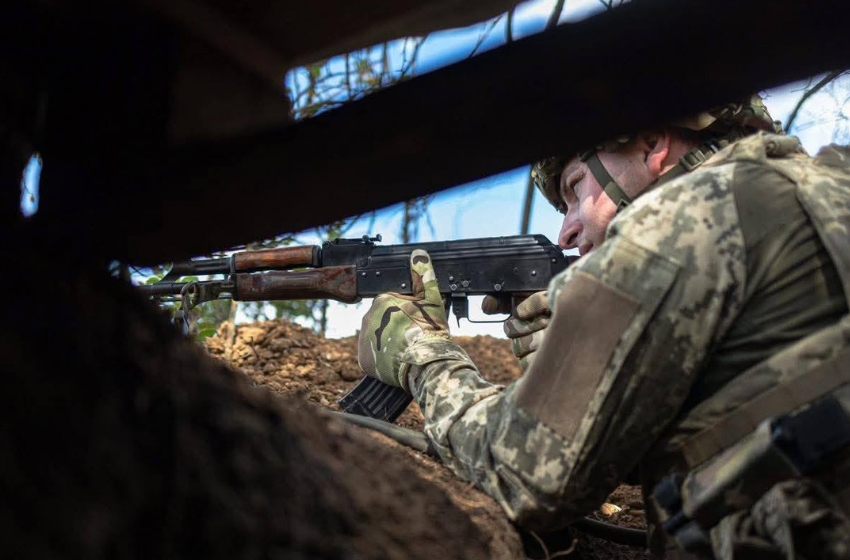Russian forces continue to expend significant combat power on counterattacking to hold their current positions and appear to be resisting the operationally sound course of action of falling back to prepared defensive positions further south. The Russian command constructed a multi-echeloned defense in southern Ukraine that would have allowed the Russian command to deploy defending Russian forces in depth throughout subsequent defensive layers. Russian forces have instead expended considerable amounts of manpower, materiel, and effort to hold the forwardmost defensive positions in southern Ukraine and have only withdrawn to subsequent defensive positions at the direct threat of Ukrainian advances.
Russian forces’ elastic defense requires that one echelon of Russian forces slows a Ukrainian tactical advance while a second echelon of forces counterattacks to roll back that advance. Counterattacking requires significant morale and relatively high combat capabilities, and the Russian military appears to rely on relatively elite units and formations to counterattack, likely at the expense of these forces’ degradation.
Some Russian and Ukrainian sources have acknowledged that some Russian counterattacks in the wider Robotyne area have been senseless.
A defense in depth should afford these units respite from further degradation through withdrawal to a subsequent defensive layer. This withdrawal would allow the Russian command to conserve critical combat power for more operationally significant counterattacks and efforts to attrit attacking Ukrainian forces, although the task of conducting an orderly withdrawal under fire or pursuit is quite challenging and risky. American military analysts Michael Kofman and Rob Lee recently assessed that Russian forces have underutilized the depth of their defense and have yet to execute “a true defense in depth” in which Russian forces trade “space for attrition” and that the Russian command’s decision to defend forward has allowed Ukrainian artillery units to attrit Russian forces.
ISW concurs with this assessment. ISW has observed a concerted Ukrainian effort to attrit Russian forces even as Ukrainian forces make significant tactical gains, and the Russian resistance to withdrawing to defensive positions further south is likely compounding the asymmetric attrition gradient Ukrainian forces are trying to create. Russian counterattacks aimed at holding forward positions have been tactically significant, but it remains unclear if these counterattacks will have lasting operational importance.









